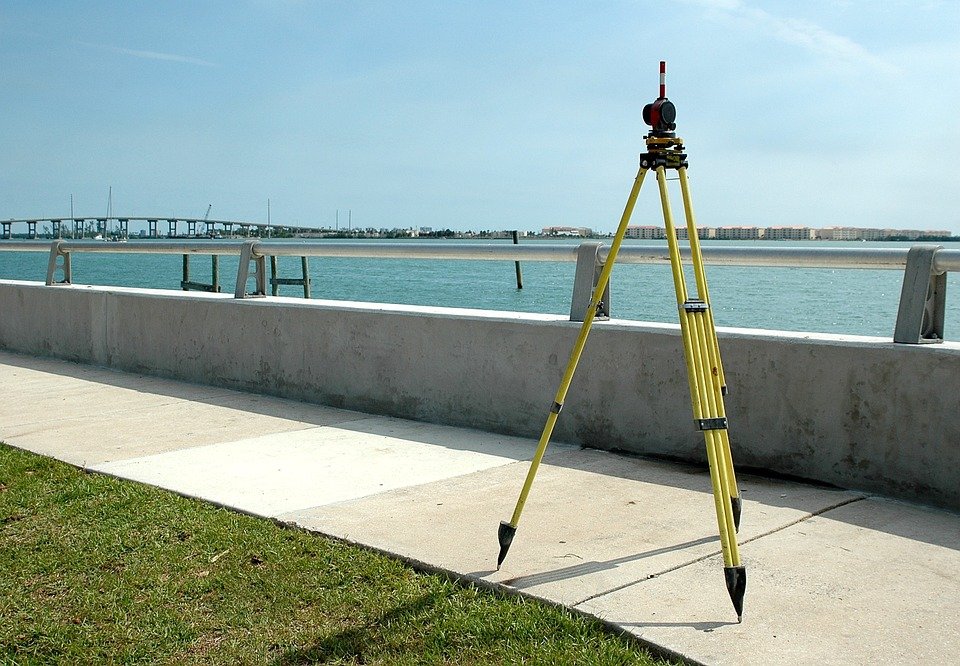[ad_1]
Survey Markers: Understanding Their Uses in the Land Surveying Industry
The land surveying industry is an integral part of the construction industry. Survey markers, also known as survey monuments, are important to the accuracy of today’s land surveying. Survey markers provide a reference point which helps land surveyors measure and map land. Without survey markers, it would be difficult to accurately and consistently survey land.
What are Survey Markers?
Survey markers are physical objects placed on the ground to help surveyors measure and map land. They are generally made from metal or plastic and are placed at important points during the surveying process. Survey markers can be permanent or temporary, depending on the purpose of the survey. Permanent survey markers are typically made from metal and are permanently embedded in the ground. Temporary survey markers are generally made from plastic and are used to mark a temporary boundary or reference point.
Uses of Survey Markers
Survey markers are used for a variety of purposes in land surveying. The most common use of survey markers is to mark the boundaries of a property. Survey markers are placed at the corners of a property and are used to determine the exact dimensions of the property. Survey markers can also be used to mark the positions of utilities such as power lines and water mains.
Survey markers can also be used to mark the position of buildings and other structures. Survey markers are placed in the ground near the structure and are used to determine the exact position of the structure. Survey markers can also be used to mark the exact location of a survey point, such as the starting point of a survey.
Types of Survey Markers
Survey markers come in a variety of shapes and sizes. The most common type of survey marker is a stake or pin. Stakes and pins are typically made from metal or plastic and are used to mark the boundaries of a property. Stakes and pins can also be used to mark the positions of utilities and structures.
Survey markers can also be made from concrete or brick. Concrete and brick survey markers are typically used to mark the position of a survey point or the boundary of a property. Concrete and brick survey markers are more durable than metal and plastic markers and are typically used in construction projects.
Preserving Survey Markers
It is important to preserve survey markers in order to ensure the accuracy of land surveys. Survey markers should be checked periodically to ensure they are still in their original position. If a survey marker is found to be damaged or missing, it should be replaced or repaired as soon as possible.
Survey markers should also be marked with a unique identifier. This identifier can be used to distinguish the survey marker from other survey markers in the area. This identifier should also be recorded in the survey records so it can be referenced in the future.
Conclusion
Survey markers are an integral part of the land surveying industry. They provide a reference point which helps land surveyors measure and map land accurately and consistently. Survey markers come in a variety of shapes and sizes and can be made from metal, plastic, concrete, or brick. It is important to preserve survey markers in order to ensure the accuracy of land surveys.
[ad_2]


